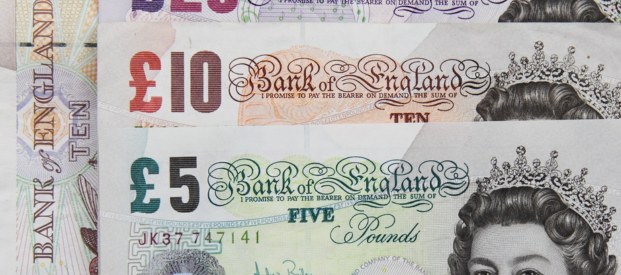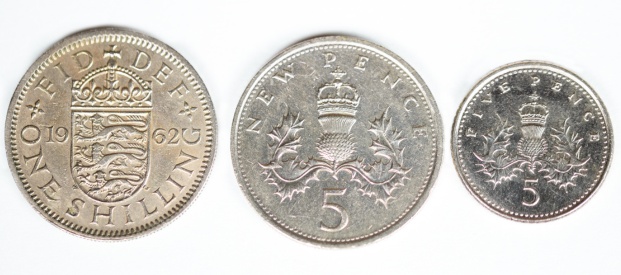Decimalisation Day – Looking Back in History
Decimalisation Day, which took place on 15 February 1971, marked a crucial moment in the history of Britain. This event, which occurred 53 years ago, saw the country undergo a radical change in its monetary system. Gone were the old pounds, shillings and pence, replaced by the decimal currency system we know today.
The old system: pounds, shillings and pence
Under the old monetary system, a shilling contained 12 pennies, a pound was equivalent to 20 shillings and there were 240 pennies to the pound. The penny was divided into two halfpennies or four farthings. Additional coins included the threepence, the sixpence, the florin (equivalent to two shillings) the half crown (worth two shillings and sixpence) and the crown, which was equivalent to five shillings. For bigger sums of money there were banknotes such as the £1, £5, £10 and 10-shilling notes.
This system had been introduced in the 12th century by King Henry II and was based on the weight of precious metals. The penny was a pennyweight of silver, and a pound consisted of 240 pennyweights.
Time for a change
Russia was the first country to adopt a decimal system in 1704 and the USA made the switch in 1792. More and more countries followed suit, and by the early 1960s, Britain was looking to be in danger of being left behind. On 1 March 1966, James Callaghan, the Chancellor of the Exchequer, announced that decimalisation would come into place in Britain.
Aware that this change would have a huge effect on the country, the government launched a major public awareness campaign overseen by the Decimal Currency Board. This took the form of advertisements, educational programmes and practical guides to help the public get to grips with the new system. The changeover was set for 15 February 1971 – the quietest time of the year for banks and businesses – and came to be known as Decimal Day, or D-Day.
The new system: pounds and new pence
The new currency system would keep the pound, but it would be divided into 100 new pence. New 5p and 10p coins were introduced in 1968 alongside the old coins. This was followed by the 50p coin in 1969, and the old halfpenny, half-crown, and 10-shilling notes were taken out of circulation. In the days leading up to Decimal Day, the banks closed in preparation for the changeover. Businesses had to adjust their systems, banks had to update their software, and the general public had to adapt to the new way of counting and calculating. Despite widespread fears, Decimal Day went without a hitch and the old currency was gradually withdrawn from circulation. The last coin to be withdrawn was the florin in 1992.
Decimal Day was undoubtedly a pivotal moment in Britain’s history. The switch to decimalisation simplified and streamlined the monetary system, brought the country in line with the rest of the world and helped to shape the economic future of the nation.











